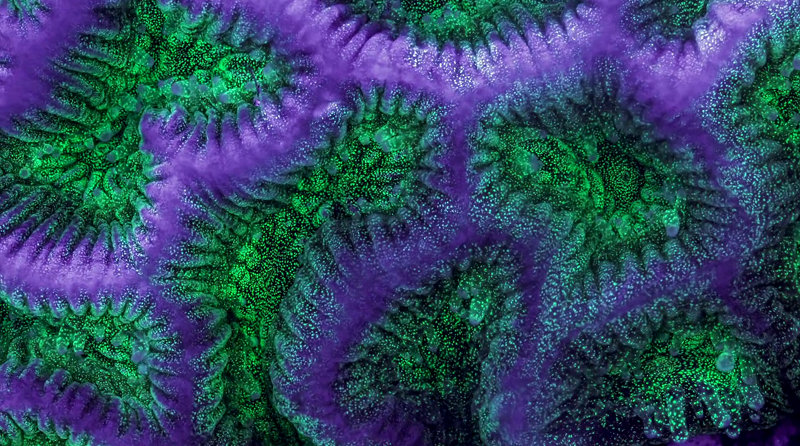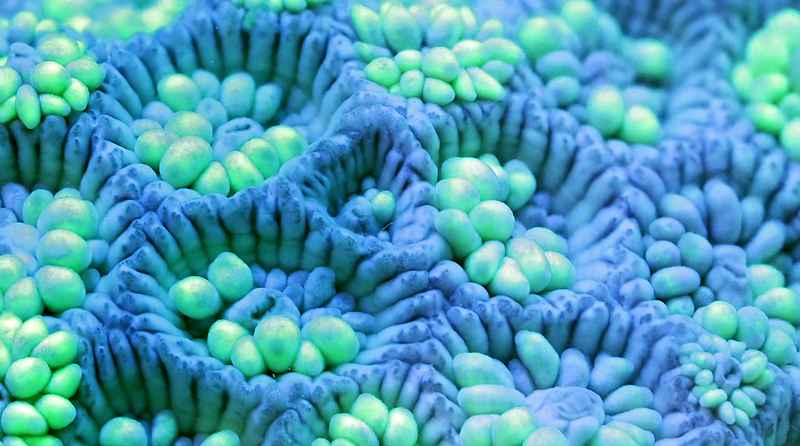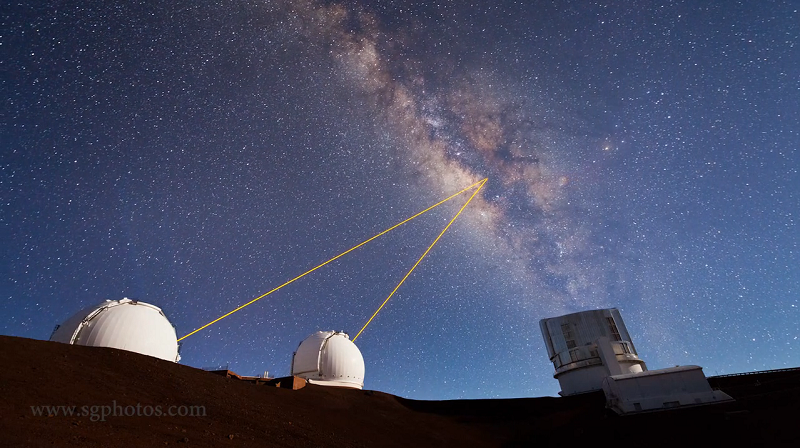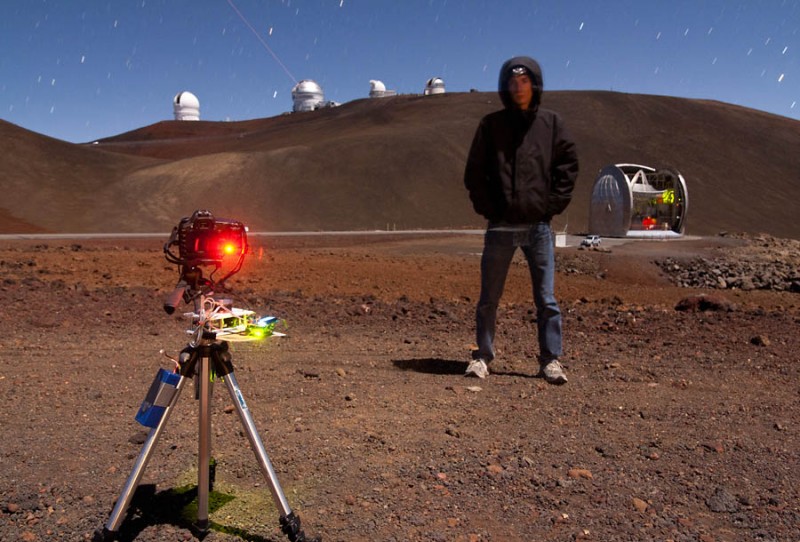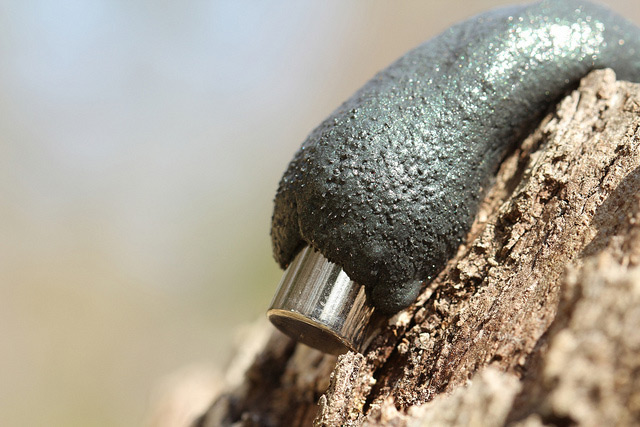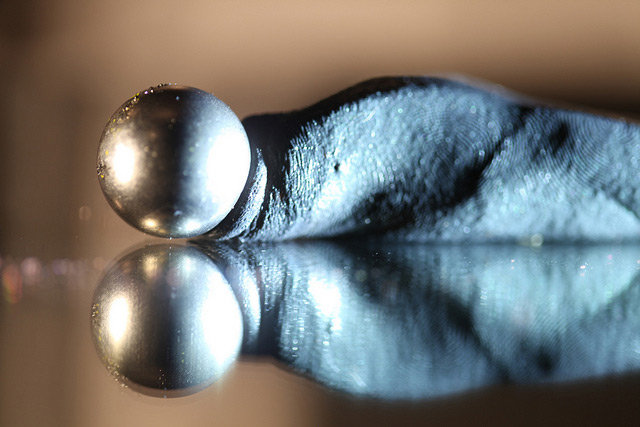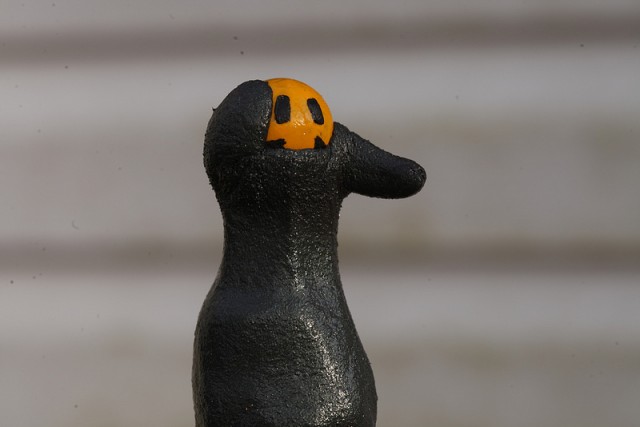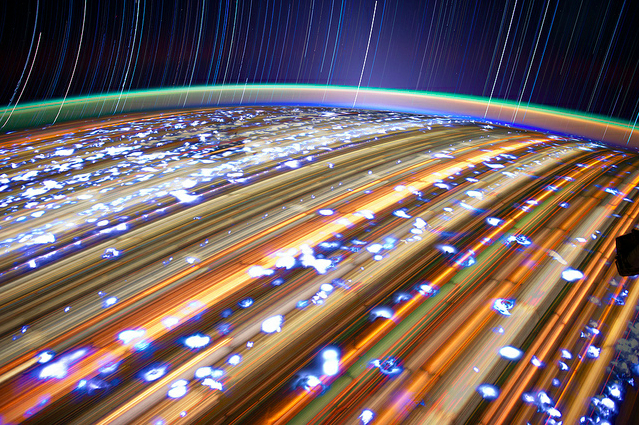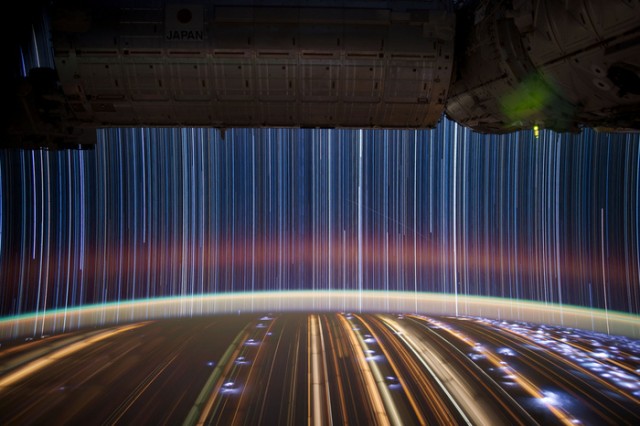Often called the “Rainforests of the Sea,” coral reefs represent one the most diverse natural habitats in the world. They grow best in warm, shallow, clear, sunny and agitated waters, and when thriving, provide food and shelter for 25% of all marine life.
Videographer, Daniel Stoupin, spent nine long months creating an award-deserving time-lapse of this habitat, and the final result is incredible! The project required 150,000 22-megapixel RAW exposures, which he compiled into a 4K masterpiece (despite Vimeo only showing it as 1080p). I had no idea how mobile the coral and sponges were.
From the creator:
“To make this little clip I took 150000 shots. Why so many? Because macro photography involves shallow depth of field. To extend it, I used focus stacking. Each frame of the video is actually a stack that consists of 3-12 shots where in-focus areas are merged. Just the intro and last scene are regular real-time footage. One frame required about 10 minutes of processing time (raw conversion + stacking). Unfortunately, the success rate was very low due to copious technical challenges and I spent almost 9 long months just to learn how to make these kinds of videos and understand how to work with these delicate creatures.
I am glad that I abandoned the idea of making this clip in 3D (with two cameras) – very few people have 3D screens and it doubles processing time.”
Would have loved to see it in 3D though… This is one of the coolest things I’ve seen on the Internet in quite some time.
-RSB

